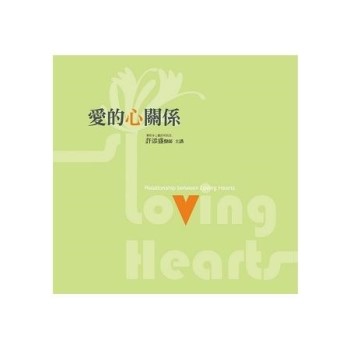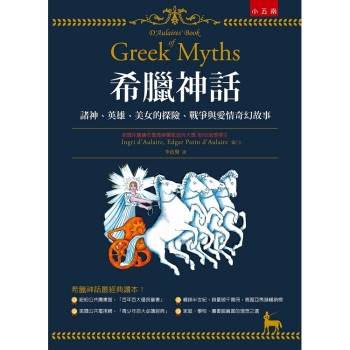ForewordBy Joan Henderson, Nanyang Technological University, Singapore
Part I. Introduction
Chapter 1. Tourism and the Filipino Culture and SocietyBy Richard S. Aquino, Auckland University of Technology, New Zealand; and Brooke A. Porter, Umbra Institute, Perugia, ItalyThis introductory chapter presents an overview of tourism in the contemporary Filipino cultureand society. Specifically, this chapter situates the role of tourism in host communities in andtravellers from the Philippines. This chapter also provides the importance of culture in packagingexperiences and the country’s image for guests and tourists to the Philippines. The chapter endsby outlining the parts and content of the book.
Part II. Tourism in Philippine CommunitiesChapter 2. Performance Assessment of Barangay Nagacadan as a Community-Based TouristDestination (Kiangan, Ifugao Province)By Charmaine M. Almonidovar, Philippine State College of Aeronautics, Pasay City, PhilippinesCommunity involvement is important in inclusive and sustainable tourism development. Thisstudy appraises the performance of the community-based tourism (CBT) initiatives in BarangayNagacadan located in Kiangan, Ifugao Province. This CBT destination features an open air museumacknowledged by UNESCO as a Globally Important Agricultural Heritage Systems heritage site. Theassessment is based on the degree to which the project meets the quality requirements specifiedin the Association of Southeast Asian Nations (ASEAN) CBT standards checklist. Fieldwork wasundertaken following a triangulation approach of documentary analysis, focused group discussionand a survey with 33 CBT stakeholders. Results suggest that the CBT project has fully compliedwith all the fundamental criteria of ASEAN CBT Standards. Yet various concerns are present whichinvolve current tourist services, inaccessibility, insufficient facilities and lack of utilities, andunequal sharing of benefits among stakeholders which could have affected the development ofBarangay Nagacadan as a CBT destination. Thus, it was recommended to have a collaborativeeffort amongst stakeholder to take the necessary actions to improve the quality of their CBToperations. This chapter provides a benchmark for, and encourages, other locations in thePhilippines and ASEAN countries that have the potential to become CBT destinations.
Chapter 3. Stoked in the Sea: Understanding Stakeholder Perceptions of SurfingBy Raymund B. Habaradas and Jonna C. Baquillas, De La Salle University, Manila, PhilippinesSurfing is becoming a popular water activity in the Philippine archipelago. Surfing tourism hasbeen viewed as an important source of earnings and employment by communities, which has thepotential to create sustainable livelihoods. This study explores the perceptions and perspectivesof multi-stakeholder groups in Liwliwa, a surfing destination community in Zambales province.Involving business owners, surfing instructors, tourists, residents, and the local government unit, this study investigates how these stakeholder groups perceive the development of the communityinto a surfing destination, and the associated environmental, social, and economic impacts ofsurfing tourism. Semi-structured interviews will be conducted, and thematic analysis will beutilised in processing the data. With the results of this study, this chapter aims to understand thedynamics of tourism development in a surfing community, and identify environmental, social, andeconomic impacts that may be crucial to touri












